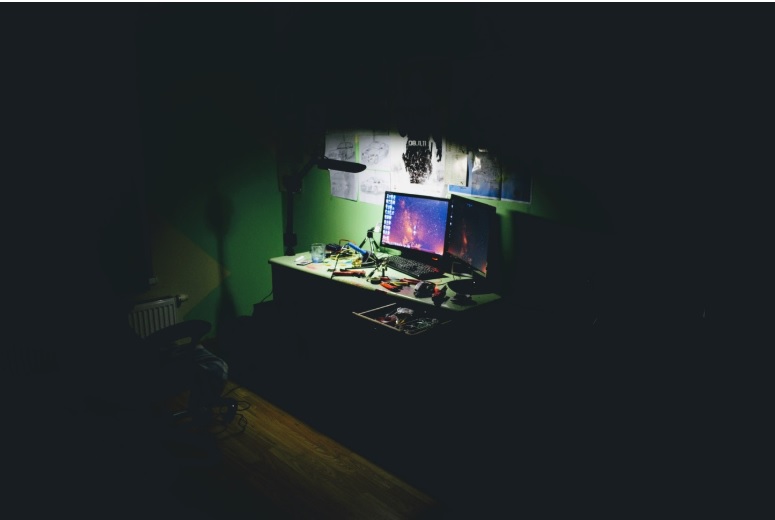
With so many cyberattacks and malware epidemics making the news these days, you might be wondering what you can do to help protect yourself, or your company, from them. Luckily, as a Windows user, you have a number of options at your disposal that will help keep you secure from hackers.
- Use an antivirus program
While using an antivirus program is pretty much considered common sense these days, it still bears repeating just to emphasis how important it is. While practicing safe browsing habits and being wary of downloads is often enough to protect yourself from malware, mistakes still happen, so it’s a good idea to have an antivirus program as backup.
Luckily, Windows 10 has an antivirus program built into it called Windows Defender that should be more than enough for the average Windows user.
- Keep your software updated
One of the most important things one can do to help safeguard their computer from cyberattacks is ensuring that all of their software is up to date. Many hackers rely on exploiting vulnerabilities in out of date software. Even if you don’t apply every update for your software, you’ll still at least want to apply the security updates.
- Use encryption and backups
Encryption is an important tool for protecting your data. If you have your files and sensitive information encrypted then even if a hacker does get a hold of your data, they’re not likely to be able to crack the encryption and gain access to it. So, in that case, they end up with a bunch of useless encrypted files that they can’t do anything with.
Having backups is also important in order to protect yourself from ransomware that may lock you out of accessing your data. If that happens, you can wipe your computer’s hard drive clean and restore all of your data from the backup you created.
- Use a password manager and double authentication
Not only is using a weak password a bad idea, but using the same password everywhere is a huge risk that could end up compromising your security. Weak passwords are much easier for hackers to crack and using the same password multiple times means that if someone cracks your password then they have access to everything that you used that password for.
This is where password managers come in. Password managers let you generate random characters to use as passwords and they store all of your different passwords, so you can use a unique password for everything and not have to worry about remembering them all.
It’s also a good idea to use double authentication as much as you can because it helps keep hackers out of your accounts, even if they do have your password.
- Setup Windows Hello
Windows Hello is one of the best methods of keeping your Windows computer, and even your other devices, secure from anyone who might try to gain access to it. It uses biometrics like facial, iris, or fingerprint scanning to verify that you’re the one logging into your Microsoft account. It also works with non-Microsoft services if they support Fast Identity Online.
- Be wary of phishing emails
One of the most common avenues of cyberattacks is through emails. Emails are susceptible to phishing attacks as well as giving hackers another way to infect others with malware. The general rule for emails is if it’s not from a trusted source, don’t download anything from them and don’t follow any directions they may give you in the email.
- Use monitoring software
Using employee monitoring software on Windows computers is one of the best ways to defend against insider threats in businesses and other organizations. With monitoring software, it’s possible to tell when a user starts behaving in a malicious way, such as accessing data that they shouldn’t be. It also can help prevent against outside attacks if a user’s account is compromised.

